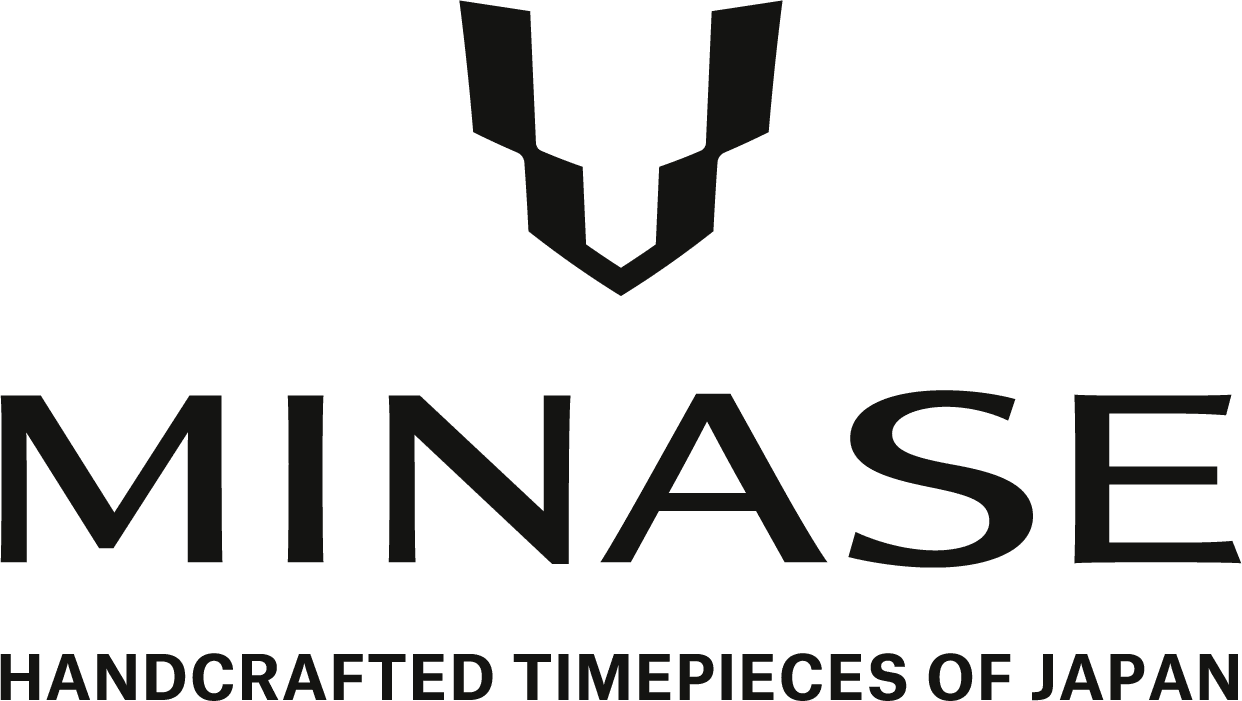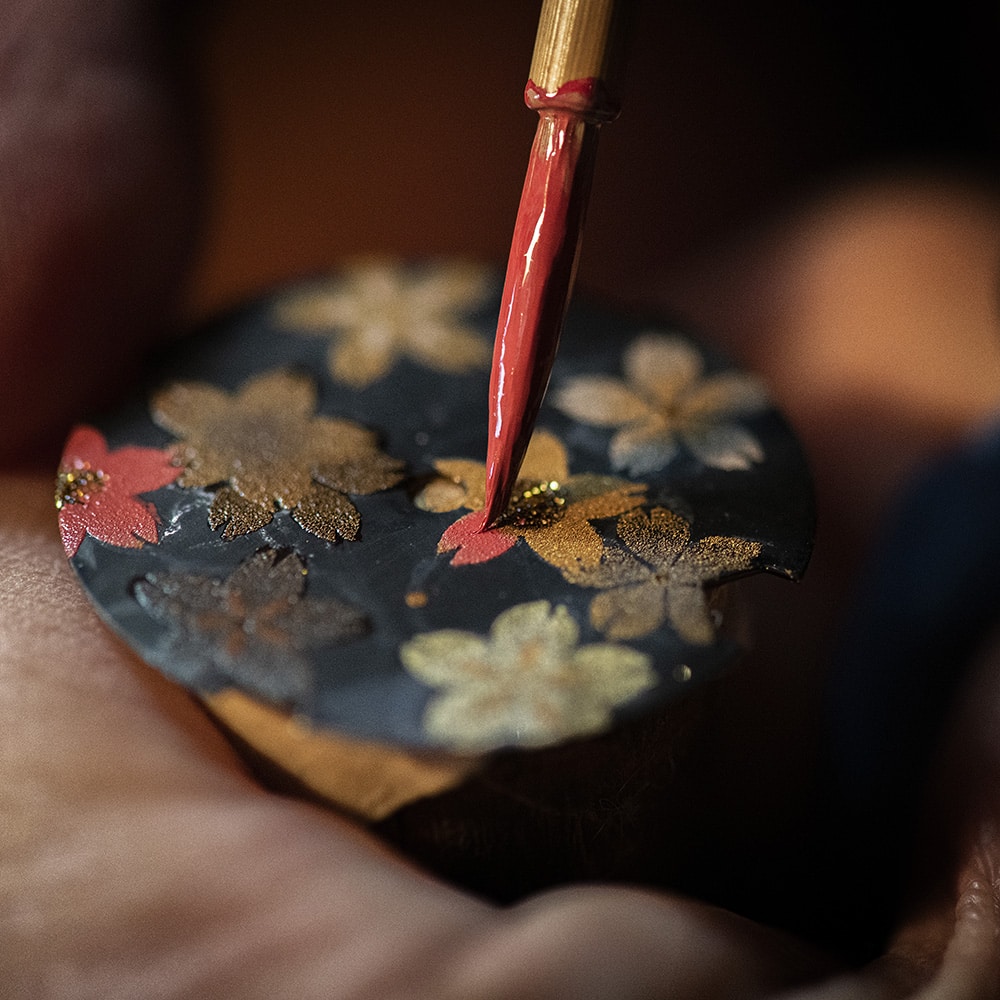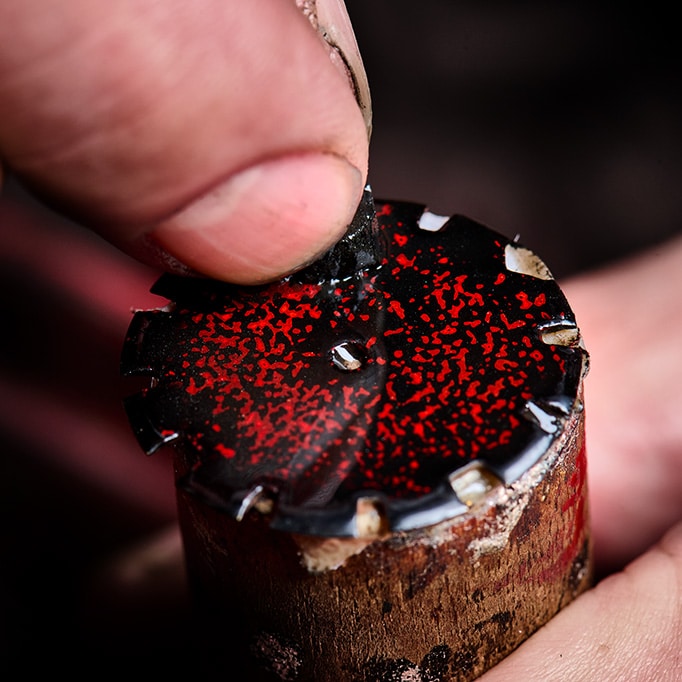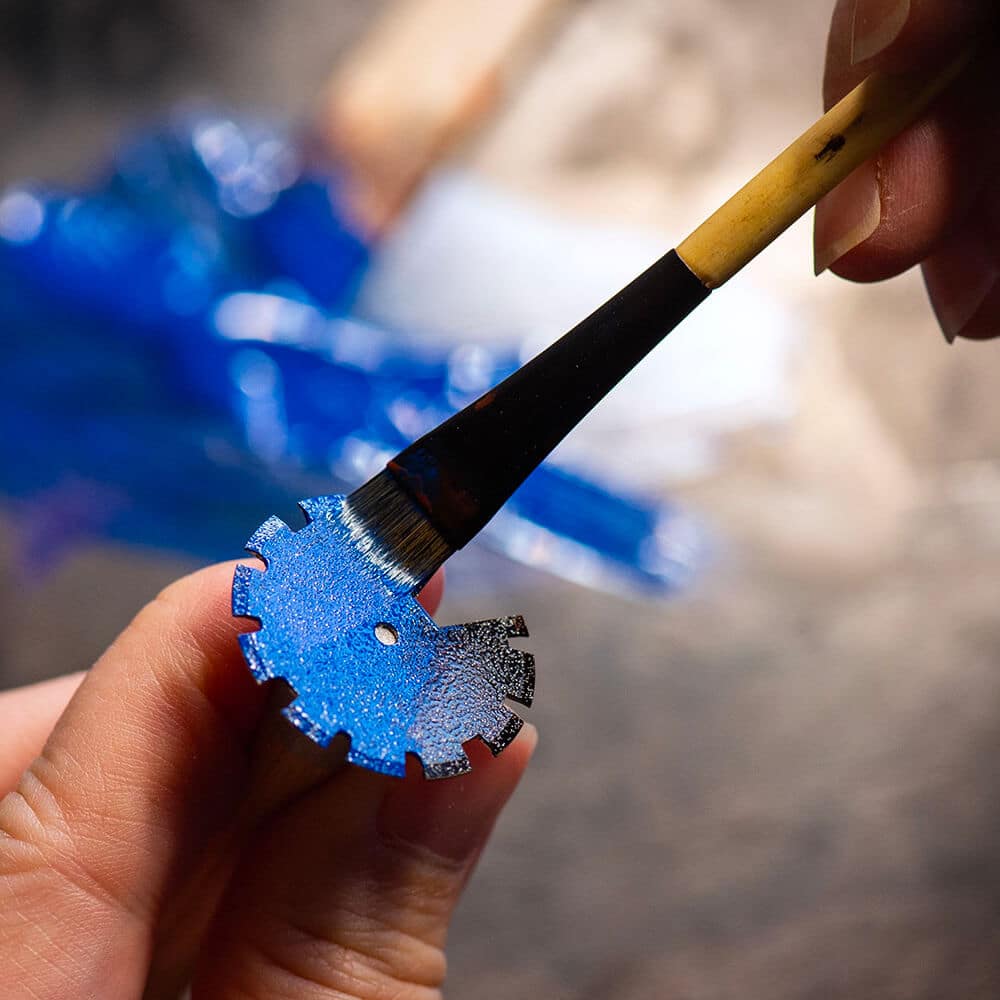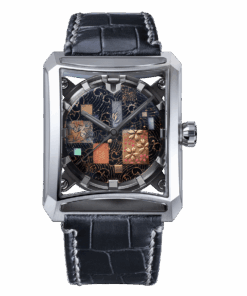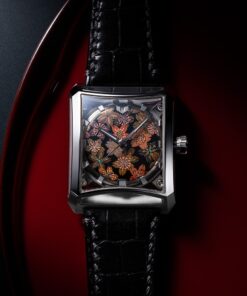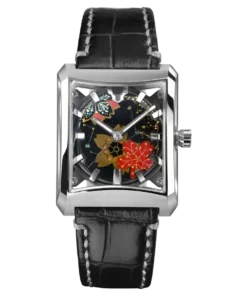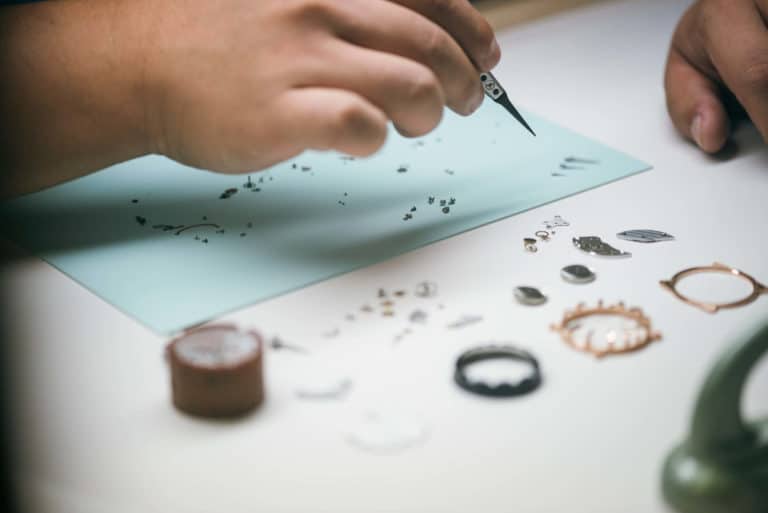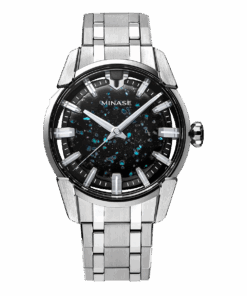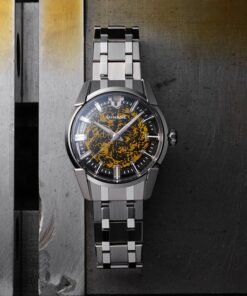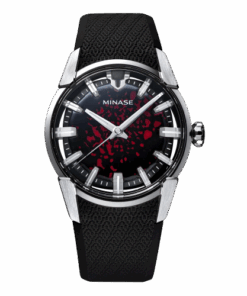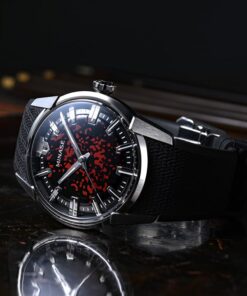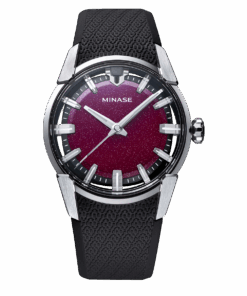Urushi Lacquer
The Urushi lacquer technique, using the sap of the eponymous Asian tree, creates watch dials of unparalleled beauty and depth of color. Inspired by intoxicating local landscapes or traditional motives, each dial is handcrafted by a highly skilled and renowned artisan. Urushi lacquer has been used in Japanese culture for over 7000 years. Highly poisonous to the touch, the urushi sap can only be harvested carefully and in small quantities.
